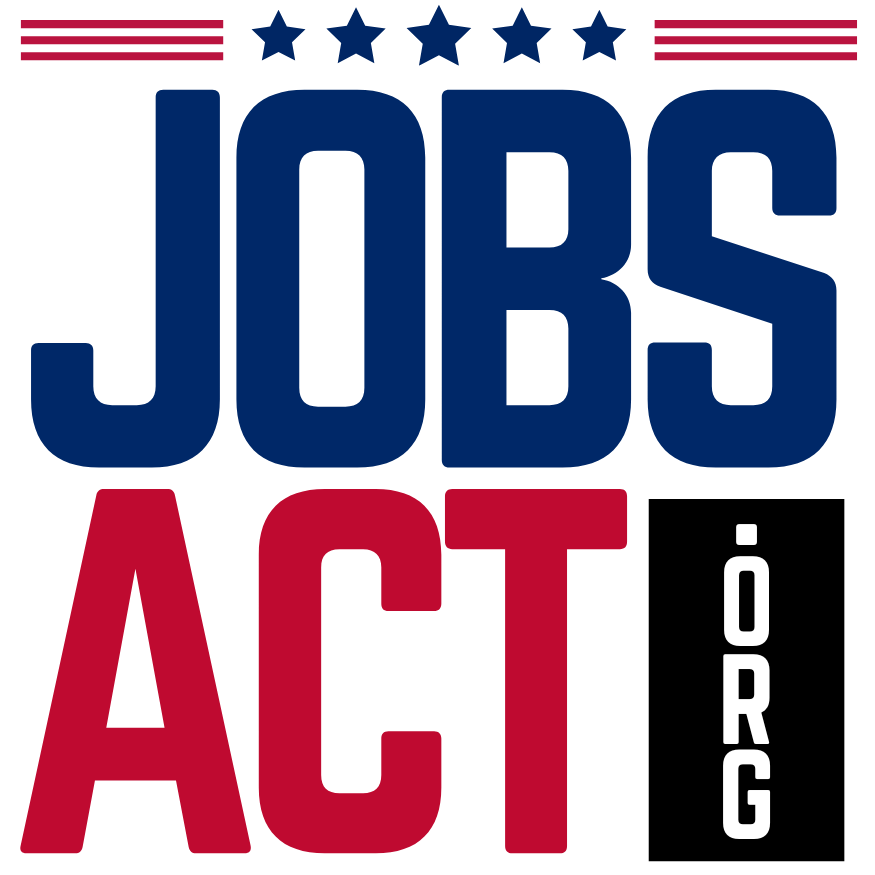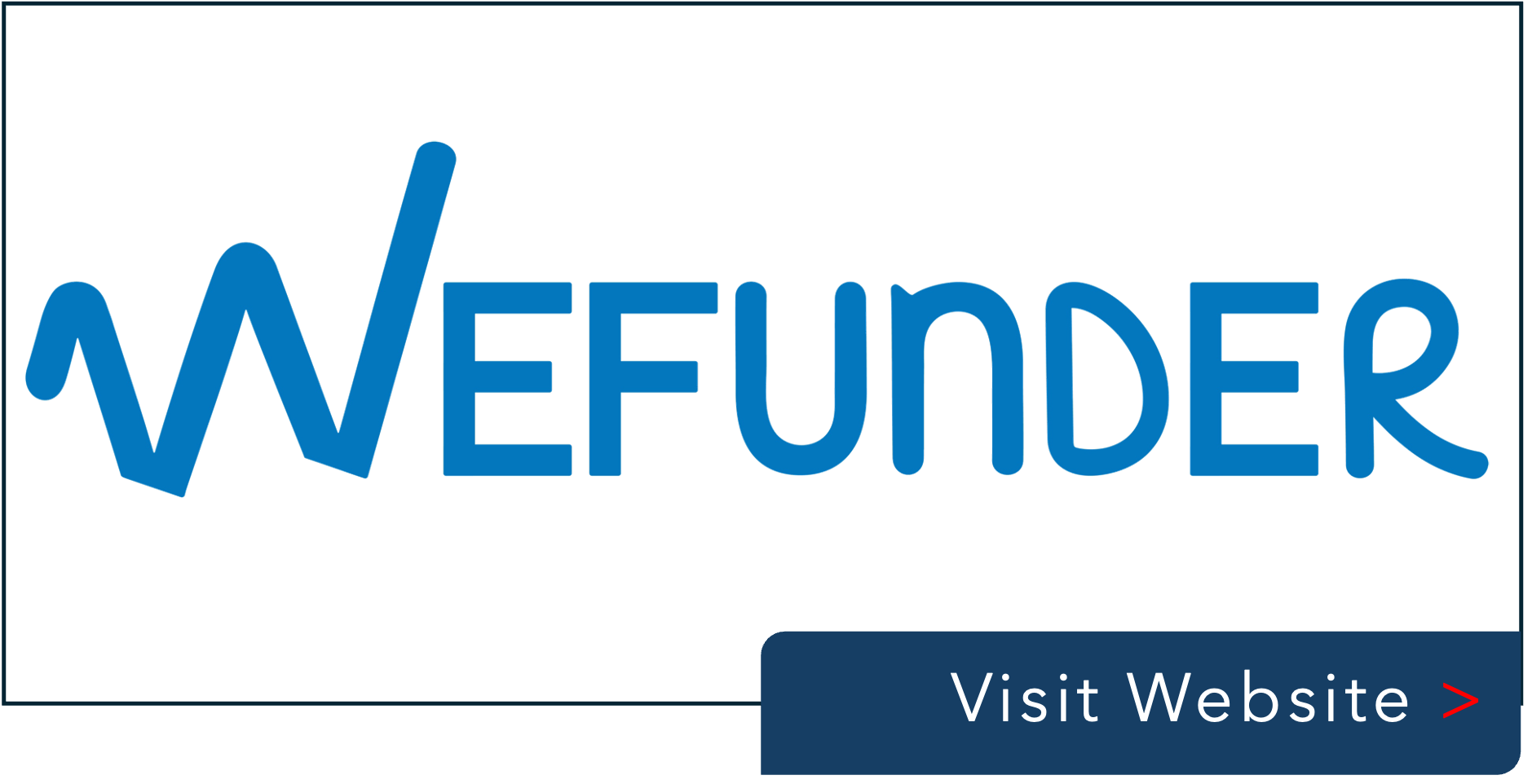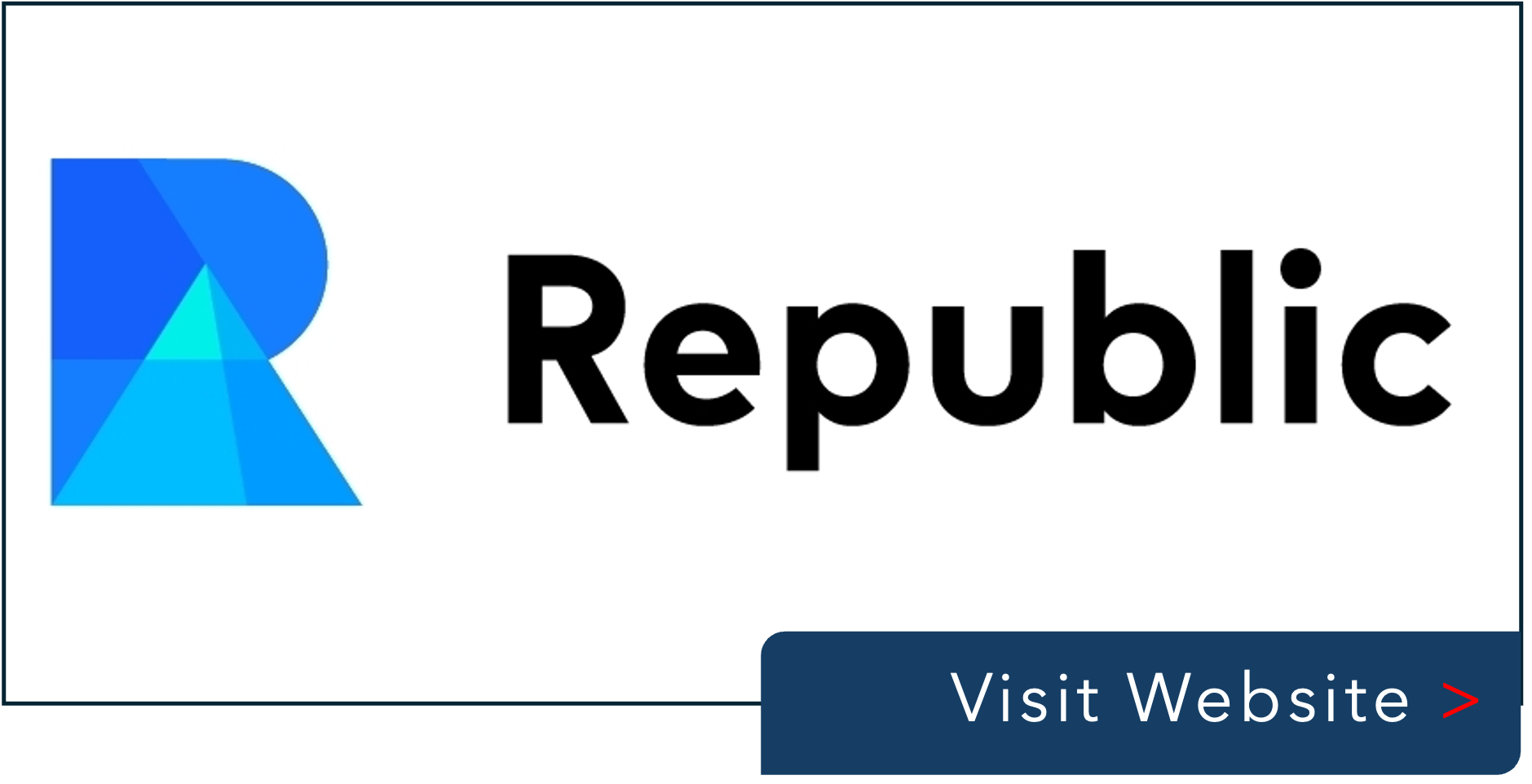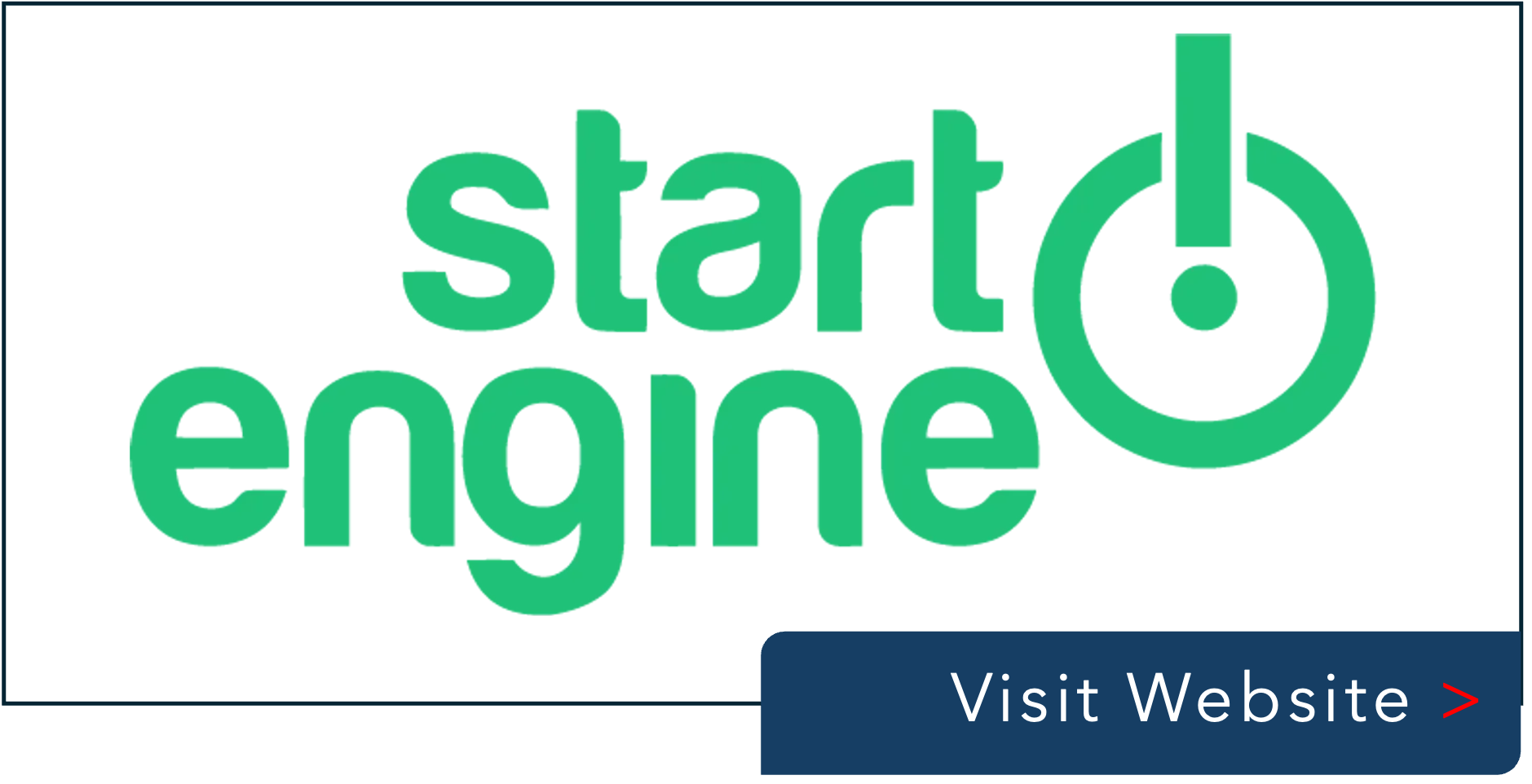
Crowdfunding
What is Crowdfunding?
Crowdfunding is a method of raising capital by collecting small contributions from a large number of people, typically through online platforms. It’s a way for individuals, startups, or organizations to fund their projects, ideas, or businesses without relying on traditional financial institutions or large investors.
Crowdfunding is usually conducted through online platforms like Wefunder, Mr Crowd, Start Engine, and others, where people can make pledges, donations, or investments in exchange for rewards, equity, or simply the satisfaction of supporting a cause.
Benefits of Crowdfunding:
-
Access to Capital: Crowdfunding opens up funding opportunities for entrepreneurs and creators who might not be able to get traditional loans or venture capital.
-
Market Validation: It can serve as a way to test the market for a product or idea before fully launching. If a project gets funded, it’s a sign that there is demand.
-
Community Building: Crowdfunding campaigns often create a community of backers who feel personally invested in the success of a project. This can build long-term customer loyalty and support.
-
Low Risk: For the project creators, crowdfunding can reduce the need for large loans or giving up equity (in reward-based crowdfunding), which may be ideal for many entrepreneurs.

Types of Crowdfunding.
Reward-Based Crowdfunding
- How it works: Individuals contribute money in exchange for a product, service, or other rewards once the project is successfully funded. It’s common for entrepreneurs or creators to offer rewards like early access to a product, special editions, or exclusive experiences.
- Example: A tech startup may use crowdfunding to raise money for a new gadget, offering backers the first version of the product once it’s created.
Donation-Based Crowdfunding
- How it works: People contribute money to support a cause, charity, or individual in need, without expecting anything in return. This is often used for personal causes, medical expenses, disaster relief, or charitable projects.
- Example: A person who is facing a medical emergency may create a crowdfunding campaign to cover treatment costs, and donors contribute money without receiving any material compensation.
Equity-Based Crowdfunding
- How it works: Investors provide capital in exchange for equity (ownership shares) in the company or project they’re funding. This is common for startups and small businesses looking to raise funds while giving away a stake in their company.
- Example: A tech startup might raise money through an equity crowdfunding platform like Mr Crowd or Wefunder, where backers become partial owners of the company in return for their financial support.
Debt-Based Crowdfunding (Peer-to-Peer Lending)
- How it works: In this model, individuals lend money to businesses or people with the expectation that the loan will be repaid with interest. This is similar to a traditional loan, but it involves peer-to-peer transactions rather than working through a bank or lending institution.
- Example: A small business owner may raise funds through a platform like LendingClub, offering interest on the money loaned to them.


JobsAct.org is a privately owned website and is not affiliated with any government entity or agency. It is intended solely for informational purposes. The site is operated by America’s Real Deal, a groundbreaking business competition reality TV show where businesses compete to raise capital from investors, while the audience also has the chance to purchase products, and invest through equity crowdfunding.




